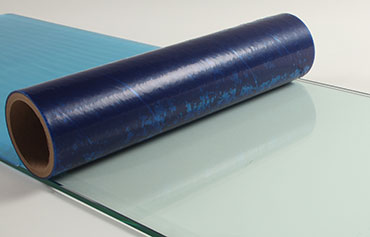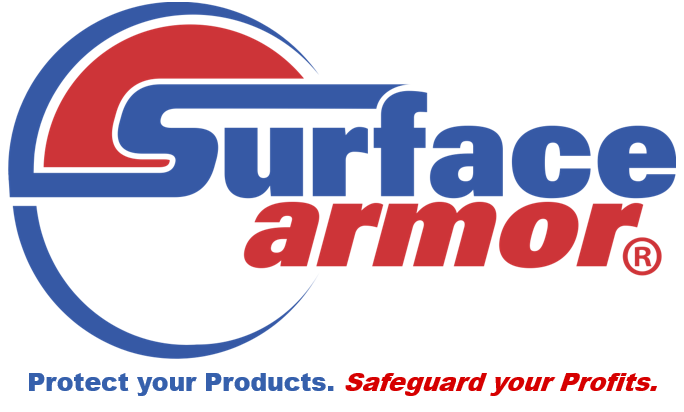
What is Surface Protection Film?
Even if you haven’t previously used a protective film for your own application, you are probably familiar with their presence on many of the products that you purchase every day. By now, you may have actually come to expect to find a protective film on every new i-Something, TV, computer monitor, or major appliance that you purchase. Chances are that your customers also expect to find that magical protective film on your products.
In their simplest form, a temporary surface protection film is a thickness of plastic coated with a thickness of a specialized pressure sensitive adhesive (PSA). A key word when describing protective film adhesives is “temporary.” By design, a temporary surface protection film is not intended to be left on a surface indefinitely. We have all experienced the irritation of trying to remove a supposedly temporary price tag from a new gizmo and the tag tore into strips and/or left a gooey residue behind. That is quite undesirable in a protective film. Read How to Select a Protective Film to avoid having that happen with your protective film.
The most common plastic types used in protective films are
- LDPE (low density polyethylene),
- Co-Ex (co-extruded low density polyethylene),
- PVC (polyvinyl chloride).
PVC is typically a bit more expensive and is used in special applications, such as metal forming and exterior window protection where the film will be exposed to sunlight for up to a year. LDPE that has been treated with UV inhibitors can also be used for exterior applications. To avoid problems, do not use an interior-rated film on exterior applications.
Film thickness is normally described as the combined thickness of the plastic and that of the adhesive. In the USA, film is measured in thousands of an inch, or mils. (This is not the same as millimeters.) Typical film thicknesses range from 1 mil to 6 mil, occasionally higher. The thicker the film, the more protection it offers against abrasions, scratching, etc. Thicker films tend to be more rigid and can be more difficult to apply to contoured surfaces.
Adhesive type is also an important consideration. Textured surfaces usually require thicker and softer adhesives. If the adhesive is just contacting the “peaks” of the surface, it may be touching less than 5% of the total surface area and be prone to falling off the surface. Adhesives for textured surfaces also tend to be higher in tack value.
Tack, or adhesive stickiness, is measured in ounces per inch. For best performance, it is desirable to use the lowest tack value that adheres sufficiently well enough to keep the film on the surface during its life cycle. Using a higher tack level than is necessary can increase the risk of the film being difficult to remove or of leaving adhesive residue behind. For example, protective films that are used to protect the LCD screens on cell phones have a tack of about one ounce/inch. Films that are used to protect carpeting have a tack of 25 ounces/inch or higher. Using carpet film on an LCD display would probably pull the display apart when the film was removed.
Reference the Application Charts for a number of suggested protective films for various surface types. And, the How to Select A Temporary Surface Protection Film can help you get the selection process underway.
